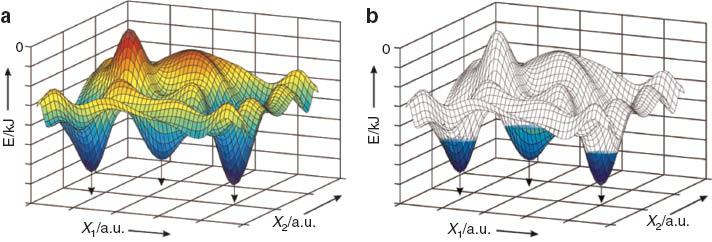
Introduction
The digital revolution has brought about a multitude of advancements, arguably none more important than its role in revolutionizing the energy landscape. From renewable energy sources to intelligent energy management systems, innovative technology has been central in reshaping the utilities sector, driving performance, efficiency, and sustainability. This article will discuss how cutting-edge technologies are offering unprecedented opportunities for the utilities sector to transform itself and become a model of efficiency and sustainability.
Embracing a Digital Energy Landscape
First and foremost, to understand this revolution, we must paint a picture of the digital energy landscape. It’s a world where information is a valuable commodity, and smart, connected devices are harnessing this data to unlock new opportunities. These include improved efficiency, decreased energy consumption, and reduced environmental impact. This shift towards digital transformation is powered by several pioneering technologies, which we’ll take a closer look at in the following sections.
Artificial Intelligence and Machine Learning
AI and Machine Learning are revolutionizing every industry they touch, and the utilities sector is no exception. By leveraging AI and machine learning algorithms, energy providers can optimize operational performance, manage demand, reduce waste, and significantly boost efficiency.
Advanced Metering Infrastructure (AMI)
Advanced Metering Infrastructure systems provide real-time data about energy use, allowing for better management of energy consumption. AMI systems can pinpoint wasteful practices, facilitate dynamic pricing, and provide consumers with detailed insights about their energy usage, promoting energy-saving habits.
Internet of Things (IoT)
The Internet of Things refers to the network of physical devices, vehicles, appliances, and other items embedded with sensors and software that enables these objects to connect, collect and exchange data. In the energy sector, IoT applications range from smart meters and connected appliances to intelligent grids and energy storage solutions.
| Technology | Benefit |
|---|---|
| AI and Machine Learning | Optimize operational performance, manage demand, reduce waste |
| Advanced Metering Infrastructure (AMI) | Manage energy consumption, facilitate dynamic pricing, promote energy-saving habits |
| Internet of Things (IoT) | Connected appliances, intelligent grids, energy storage solutions |
Benefits of Technological Innovation in Energy
These technological innovations have numerous benefits, including:
- Enhanced Energy Efficiency: Through AI algorithms and IoT devices, energy consumption can be monitored and adjusted in real-time, leading to significant energy savings and increased efficiency.
- Improved Resource Management: New technologies provide data-driven insights for better decision-making, leading to optimal resource allocation.
- Reduced Environmental Impact: Increased efficiency and optimized resource management can significantly reduce carbon emissions, contributing to the global fight against climate change.
Case Study: How AI and IoT Are Driving Energy Efficiency
As a practical example of how emerging technologies are transforming the energy sector, let’s take a look at how AI and IoT are being used to drive energy efficiency. A Scandinavian energy company has employed AI and IoT technology in their wind farms. They use IoT sensors installed on wind turbines to collect a vast array of data, including wind speed, temperature, and turbine performance. AI algorithms then analyze this data to predict ideal turbine operation, optimize energy production, and even predict maintenance needs before issues arise, resulting in remarkable increases in efficiency and reductions in operational costs and downtime.
Conclusion
It’s clear that innovative technologies are revolutionizing how we generate, distribute, manage, and consume energy. They are not merely driving efficiency in the utilities sector but also paving the way for a more sustainable future. Given the urgent need to reduce carbon emissions and move towards a cleaner energy future, the quest for increased efficiency in the utilities sector is of vital importance. Thus, embracing these innovations and the digital transformation they represent is not just a strategic move for utility providers—it’s an essential step on the road to a sustainable future for us all.
By fostering a culture of innovation, embracing these emerging technologies, and championing the digital transformation of the utilities sector, the energy landscape can continue to evolve and adapt to the challenges of the 21st century. The coming years will undoubtedly bring exciting developments as we continue to unlock the potential of these cutting-edge technologies, shaping a bright and efficient future for the utilities sector.

Leave a Reply